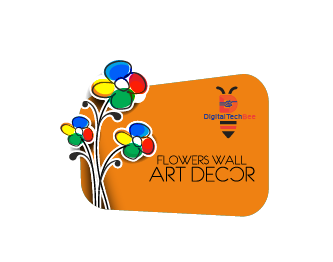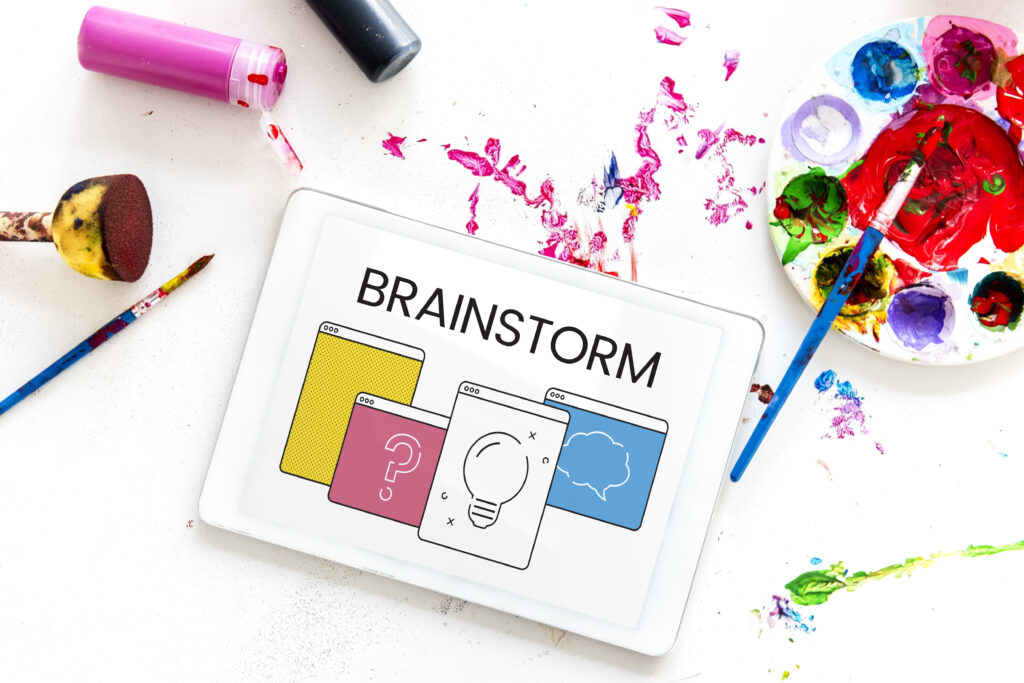The Power of Visual Content in Modern Marketing

Visual content is at the heart of effective communication in today’s digital world. Whether it’s for branding, marketing, or digital platforms, the use of typography, imagery, color, and layout plays a critical role in conveying messages that resonate with audiences. This article explores the various aspects of visual content creation and its profound impact on marketing, business growth, and search engine optimization (SEO).

The Importance of Visual Content in Branding
Branding is more than just a logo; it’s the entire visual and emotional experience that a brand offers. Visual content plays a pivotal role in shaping this experience. Through the strategic use of typography, imagery, color, and layout, designers can create a brand identity that is instantly recognizable and memorable.
- Typography: The choice of fonts can evoke specific emotions and perceptions. For example, serif fonts often convey tradition and reliability, while sans-serif fonts might suggest modernity and simplicity.
- Imagery: The images associated with a brand, whether photographs, illustrations, or icons, help in telling the brand’s story. High-quality and relevant imagery can significantly enhance brand perception.
- Color: Colors are powerful tools in branding. They can influence emotions and behaviors. For instance, blue often represents trust and professionalism, while red can evoke excitement and urgency.
- Layout: The arrangement of elements in a design influences how a brand is perceived. A clean, well-organized layout can communicate efficiency and clarity, while a more dynamic layout can convey creativity and innovation.

Visual Content’s Role in Marketing
In marketing, visual content is essential for capturing attention and driving engagement. The digital age has shortened attention spans, making it more important than ever to communicate messages quickly and effectively. Visual content excels at this.
- Social Media: Platforms like Instagram, Pinterest, and Facebook are inherently visual. Engaging visuals can increase likes, shares, and comments, amplifying a brand’s reach.
- Email Marketing: Emails with visually appealing content, such as infographics or product images, have higher click-through rates and conversions.
- Content Marketing: Blog posts and articles with accompanying visuals, such as images, charts, and videos, perform better in terms of engagement and retention.
Impact on Business Growth
Visual content can directly impact a business’s bottom line. Compelling visuals not only attract customers but also help in building trust and credibility. Here’s how:
- Increased Conversion Rates: Product pages with high-quality images and videos are more likely to convert visitors into customers. Visuals help potential customers understand products better, leading to more informed purchasing decisions.
- Enhanced User Experience: A well-designed website or app that uses visual content effectively can improve user experience, leading to higher satisfaction and repeat visits.
- Strengthened Brand Loyalty: Consistent and appealing visual content helps in building a strong brand identity, fostering loyalty among customers. A loyal customer base is invaluable for sustainable business growth.


SEO Benefits of Visual Content
Visual content also plays a significant role in search engine optimization (SEO). While SEO has traditionally focused on text, the rise of visual search and the importance of user engagement metrics have made visual content a key factor in SEO strategies.
- Image SEO: Optimizing images with relevant alt text, captions, and file names can improve a website’s visibility in search engines. Images can also appear in Google’s image search results, driving additional traffic.
- Video Content: Videos are increasingly favored by search engines like Google. Websites with video content are more likely to rank higher in search results, particularly if the video content is engaging and relevant.
- Engagement Metrics: Search engines consider user engagement metrics like time on page and bounce rate. Visually engaging content can reduce bounce rates and keep users on the page longer, positively impacting SEO rankings.

The Future of Visual Content in Digital Platforms
As technology evolves, the importance of visual content will only grow. Emerging trends like augmented reality (AR), virtual reality (VR), and interactive content are pushing the boundaries of visual design. Brands that leverage these technologies will stand out in the crowded digital landscape.
In conclusion, visual content is a powerful tool that, when used effectively, can enhance branding, drive marketing success, fuel business growth, and improve SEO. Investing in high-quality visual content is not just an option but a necessity for any business looking to thrive in today’s competitive market.
